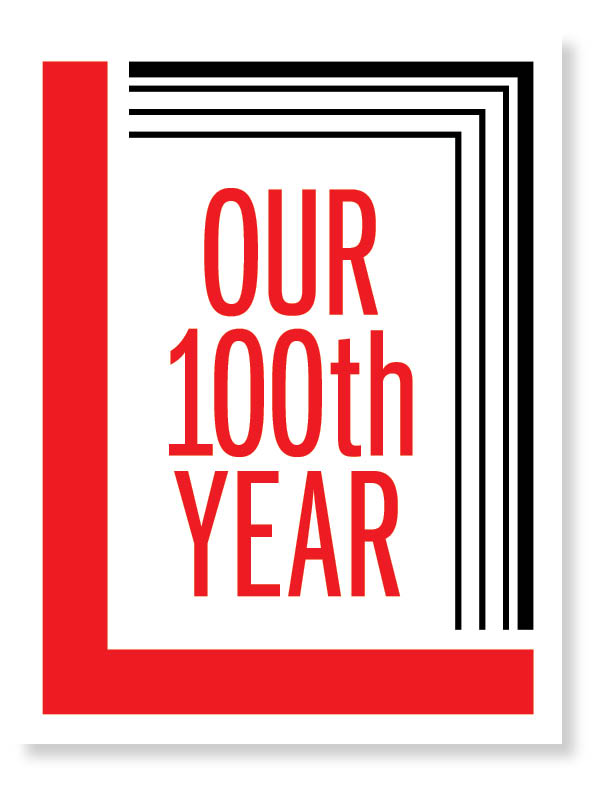
Jonas Salk was home with his wife, but she could tell his mind was elsewhere—back in his lab, where work was proceeding apace on what would become the first vaccine against polio.
“Why Jonas,” said Donna Salk, according to TIME’s March 29, 1954, cover story, “you’re not listening to me at all.”
“My dear,” he was said to have joked, “I’m giving you my undevoted attention.”
Read more: See How TIME’s Cover Evolved Over 100 Years
That Jonas Salk’s devotions lay elsewhere was a fact well known to his intimates. They lay in the battle against polio—a disease that had killed or paralyzed more than 52,000 American boys and girls in a single summer just two years earlier. They lay in his years-long effort to develop a vaccine against the disease. And they lay too in the great field trial that was to begin just weeks after the TIME cover appeared, during which more than two million American schoolchildren would be queuing up to receive either Salk’s vaccine or a placebo. It was to be the greatest, most sprawling public health experiment conducted before or since.
When TIME’s reporters visited Salk, the scientist was battling pushback from all manner of people and groups—from an anti-vaccine community similar to the one that has persisted into the 21st century; from local politicians concerned about approving the field trial in their communities, lest the experiment go sideways, the shots cause polio rather than prevent it, and the public officials take the blame; from radio personality Walter Winchell—the shock jock of his age—who spread the dark lie that warehouses around the country were stockpiling little white coffins to hold the bodies of the hundreds of thousands of children who would surely be claimed by Salk’s infernal potion.
Read more: What the History of Polio Can Teach Us About COVID-19
As the field trial approached, those rumors did their work, with multiple communities in multiple states pulling out of the experiment, forcing Salk and the National Foundation for Infantile Paralysis—the nonprofit that was backing his work—to scramble for replacement populations or to sweet-talk the walkouts back into the trial. What Salk needed—and what he got from TIME’s coverage—was an endorsement of his scientific bona fides. Salk had long relied on the media to help tell his story, the year before appearing on the CBS radio program The Scientist Speaks for Himself, a platform he used both to educate Americans on the work he was doing and ease their minds about the safety of the shot.
It is too great a stretch to say any one public appearance or magazine story could be credited with the success of the field trial that would follow. But it is not too much to say that the public came to trust the scientist, who spoke for himself on the airwaves and on the page. And it is not too much to say that the scientist delivered.
On April 12, 1955, one year after the field trial began, the polio vaccine was declared safe, effective, and powerful. Generations on, polio is at the brink of extinction, run to ground in just two remaining countries around the world—Afghanistan and Pakistan—where it causes only a handful of cases each year. The disease that was once a global scourge will soon follow smallpox, which was wiped from the face of the Earth in 1980, into the epidemiological history books. The work began with Salk, a man with a story that once needed to be—and was—powerfully told.

To mark TIME’s 100th anniversary, we’re revisiting some of our most influential covers, with the people who lived that history. Find more of this series at time.com/100-years
More Must-Reads from TIME
- Cybersecurity Experts Are Sounding the Alarm on DOGE
- Meet the 2025 Women of the Year
- The Harsh Truth About Disability Inclusion
- Why Do More Young Adults Have Cancer?
- Colman Domingo Leads With Radical Love
- How to Get Better at Doing Things Alone
- Michelle Zauner Stares Down the Darkness
Write to Jeffrey Kluger at jeffrey.kluger@time.com